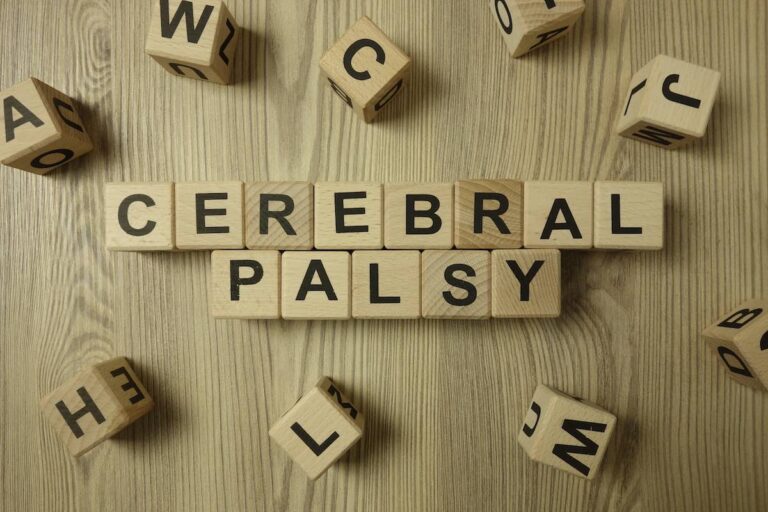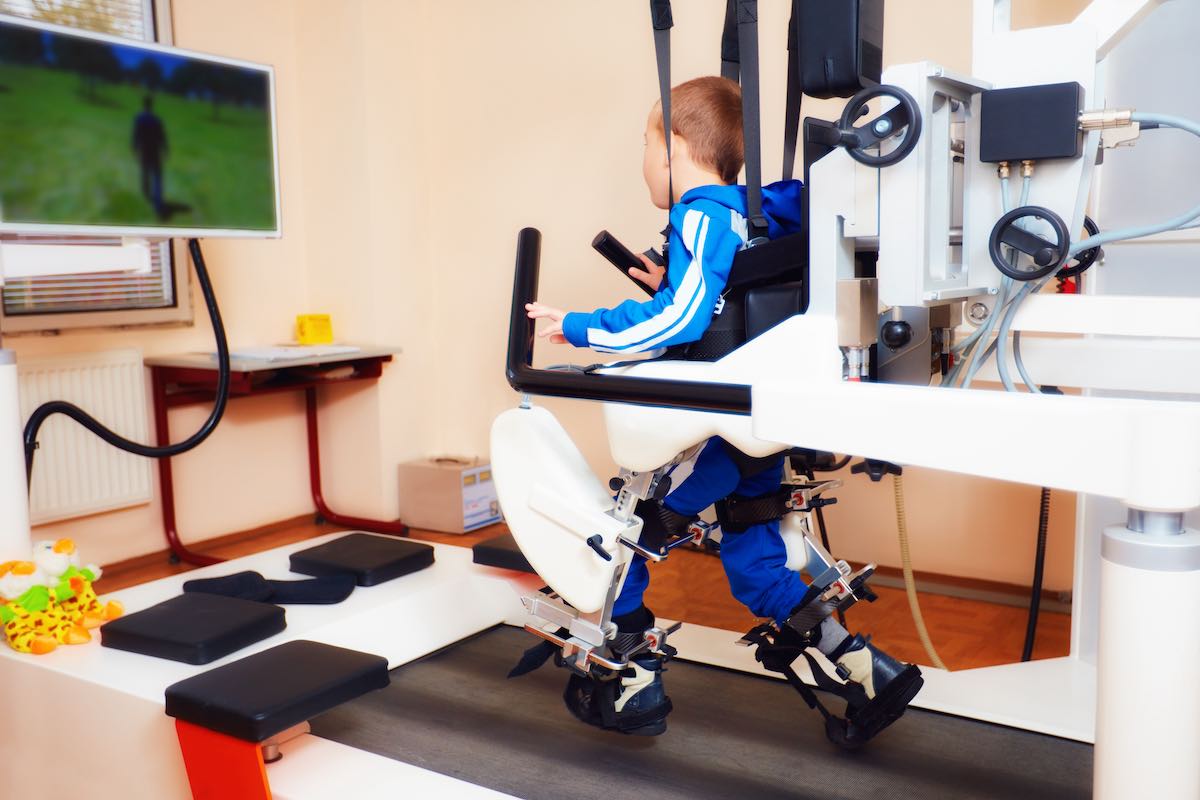
Call 24/7 for a FREE case evaluation
Call now (866) 393-4334

$100,000,000
in California case results
$20,000,000
in California jury verdicts
14
award-winning attorneys in network

Robotic technology goes far beyond creating self-driving cars or robotic assistants. Significant advances in robotic technology are taking place within the medical community, and some are making headlines for their ability to help children and adults with cerebral palsy.
One such advance is a robotic device designed to help babies with cerebral palsy crawl; this new invention was the brain child of Dr. Thubi Kolobe and then built by a special team of engineers. The goal of the robotic device, known as the “Self Initiation Prone Powered Crawler” (SIPPC), is to help babies learn how to crawl, giving them the ability to explore the environment around them to enhance learning.
With the help of a transmitter cap, researchers have the chance to see how the brain of the baby is triggered when learning to crawl with SIPPC. Not only is this new technology receiving high praise, it’s on its way to clinical trials and will be displayed at the Smithsonian.
Researchers are also using robotic technology to help those with cerebral palsy walk. With robotic devices and gait training, non-ambulatory CP diagnoses may be able to walk with assistance. Although this technology has not yet been able to help perform autonomous locomotion, they were able to successfully walk with some assistance. With more development, new robotic walking aids may be able to help those that have severe gait impairments to better move around in their environments.
Surgical intervention has the potential to help, but these procedures can be expensive, and in some cases, they may fail, leaving patients and their families disappointed. Some surgeries may only provide improvement instead of offering a permanent fix to the problem.
Before working through financial hurdles and putting patients through difficult surgeries, the ability to know if the procedure will be beneficial is helpful. One new assessment tool, which was recently developed by researchers from Gillette Children’s Specialty Healthcare and the University of Washington, is now able to help make those predictions.
The assessment tool is called Walk-DMC, and it uses electromyography data to help determine whether advanced surgical treatment will offer significant improvement. Studies show that children who have higher scores with Walk-DMC before surgery have better outcomes after treatment, which can help medical professionals and family members decide if surgical intervention is the right choice.
It seems like there’s an app for everything today, and families of those with CP, new apps have the potential to offer easy access to information and improved connectivity that helps with regular monitoring of health, therapies, mobility aids and more.
One specific cloud app, known as Vest, is designed for individuals with disabilities and their loved ones. The app makes it easy to manage, organize and share important health information. With Vest, patients and loved ones can input, share and access important information, and this new app offers some patients the ability to enjoy greater independence. Created by Michael Pearce, a special needs lawyer, and his wife, both advocates in the special needs community, the app can be accessed from any device, making health information accessible wherever and whenever it’s needed.
While these are just several of the advances in cerebral palsy research, these new technologies show that the medical community is paying attention to the needs of those diagnosed with CP and the ones who support them. These exciting advances show great potential, and they have the power to offer life-changing results to children and adults with cerebral palsy.
WE’RE OPEN NOW
Our staff are standing by to help you find the perfect attorney for your case.

Published: 16 May 2022
NIH – Applicability of a new robotic walking aid in a patient with cerebral palsy
WCAX TV – Robot teaches babies with cerebral palsy to crawl
Orthopedic’s This Week – New assessment for cerebral palsy patients
ClinicalTrials.gov – Quantifying Patient-Specific Changes in Neuromuscular Control in Cerebral Palsy